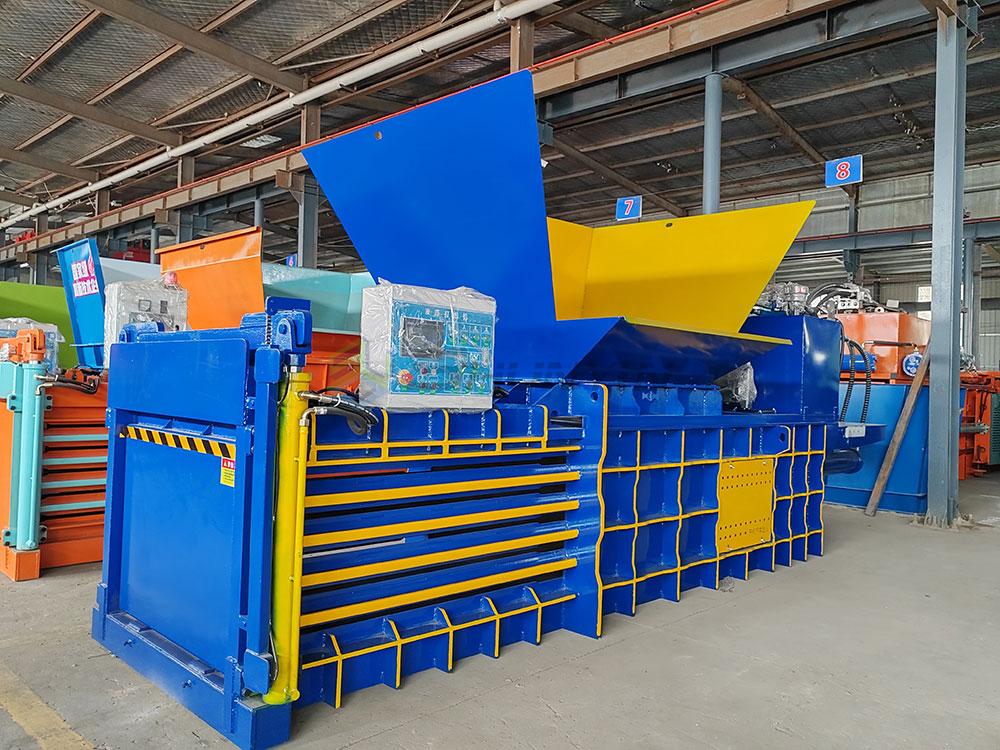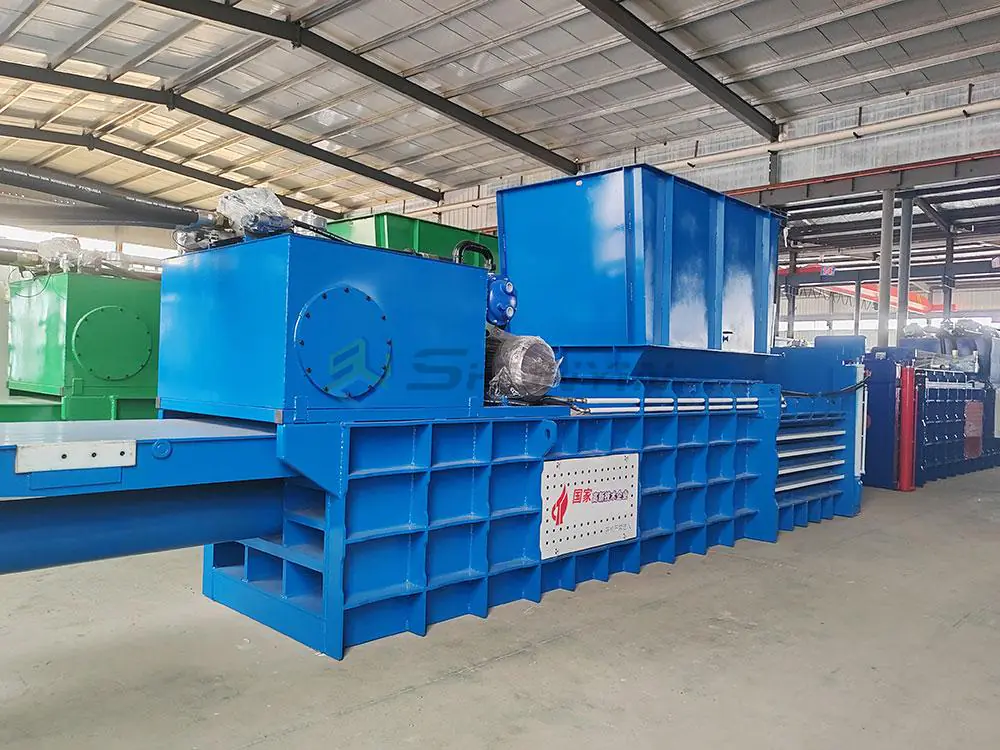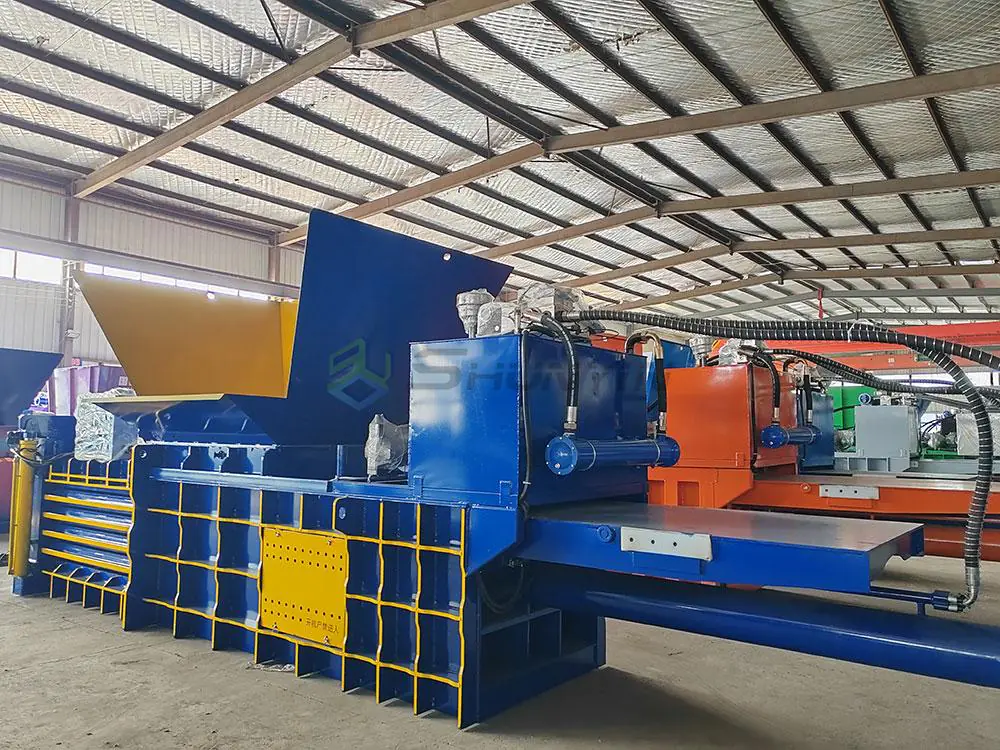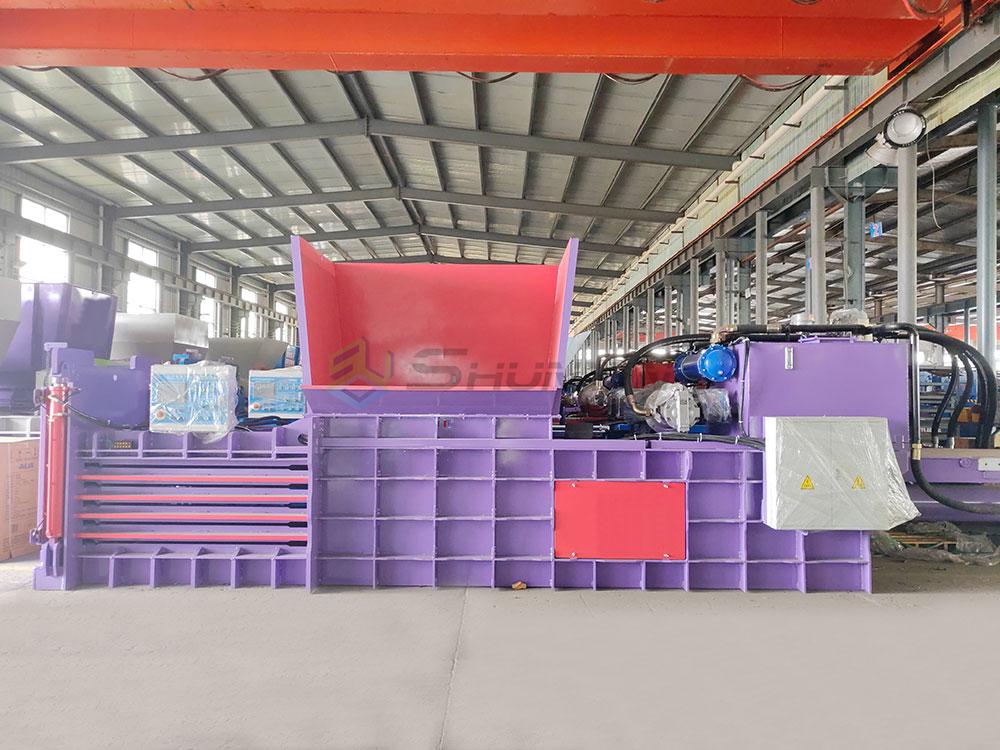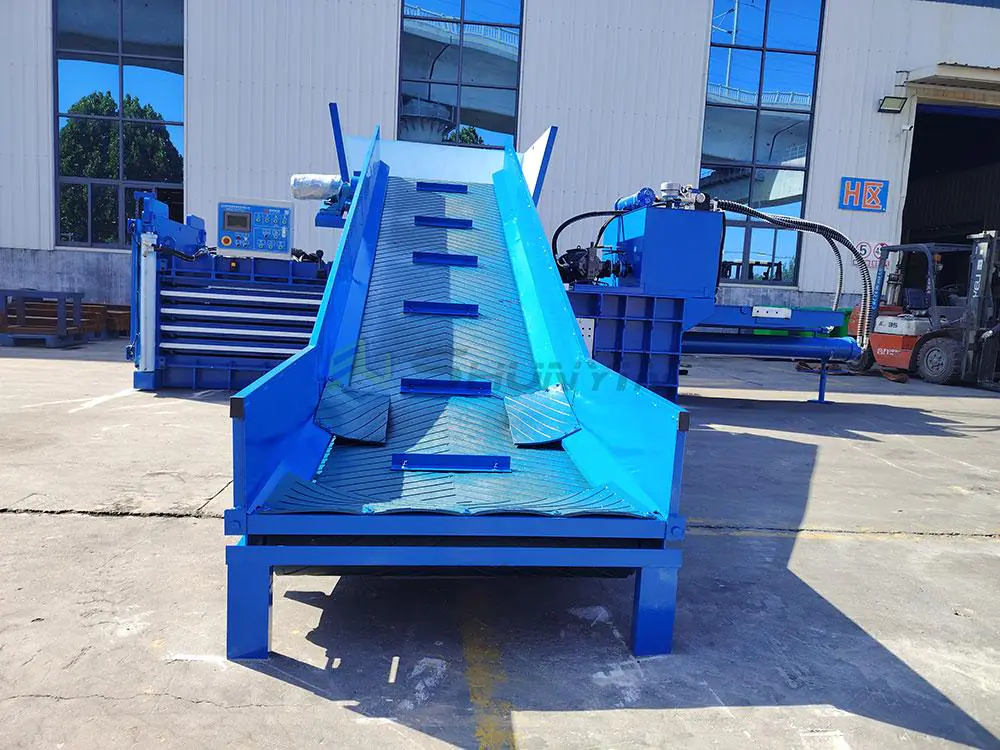Tired of waste taking half your warehouse? Our solution compacts materials efficiently. Let me show you why this matters.
A horizontal baling press with 1000x800mm bale size compresses cardboard/plastic into dense rectangles. Standard dimension mills prefer. Maximize storage and transport efficiency immediately. ShunYin Machinery models offer automatic tying and custom pressure control.

Good decisions require understanding key terms. We’ll explore common questions recyclers like you often ask me.
What is a mill size bale?
Seeing "mill size" confused many buyers. I’ll clarify simply. This directly impacts profitability.
Mill size bales meet standard dimensions recycling plants demand. Our 1000x800mm press creates universally accepted bales. Eliminates rejection risks while maximizing resale value per shipment.

Mills won’t buy odd-sized bales. Why? Their processing machinery needs consistency. This table explains core advantages:
| Feature | Non-Standard Bales | Mill Size (1000x800mm) |
|---|---|---|
| Storage Efficiency | 30-40% wasted space | Compact stacking (90% space saved) |
| Resale Price | Discounted by mills | Maximum market value |
| Transport Cost | Higher ($/kg) | 45% lower |
| Handling | Difficult with forklifts | Safe pallet compatibility |
I learned this at Guangzhou Recycling Expo 2022. A Canadian buyer lost $12,000 shipping undersized bales his mill rejected. That’s avoidable.
Our presses have adjustable chambers to maintain exact 1000x800mm output despite material variations. Want to optimize your bale sales? WhatsApp me at 0086 13505379893 with your material type—I’ll share real-world solutions.
What is the difference between a bale press and a compactor?
Watching clients misuse these wastes money. Let’s fix that confusion today.
Balers create compressed blocks tied for transport. Compactors crush waste into containers. For recyclables like your cardboard, balers generate salable bales. Compactors simply reduce landfill volumes.

Profit-chasers need balers. Why? Compactors trash revenue potential. Consider these critical differences:
Material Recovery Value
- Balers: Create dense bales sold to mills ($80-200/ton)
- Compactors: Mixed waste becomes landfill fodder ($0 value)
Operational Impact
- Balers: One operator needs 15 mins/day
- Compactors: Daily maintenance and odor issues
Cost Analysis (5-year period)
| Cost Type | Horizontal Baler | Compactor |
|---|---|---|
| Equipment Investment | $12,000-$20,000 | $8,000-$15,000 |
| Revenue Generation | High (recyclables) | None |
| Operational Cost | Low electricity | High hydraulic fluid |
Last year, a Toronto distributor recovered his machine cost in 9 months through bale sales. His secret? Our auto-tie function that doubled his output rate.
Message me at [email protected] for a free cost-recovery projection! I’ll benchmark your throughput against our machines.
Is a cardboard baler worth it?
Drowning in cardboard waste? We transformed one client from chaos to cashflow.
Yes, cardboard balers are profitable. ShunYin’s horizontal models achieve ROI in 6-18 months. Reduce waste volume 10:1 while creating sellable commodities from landfill-bound trash.
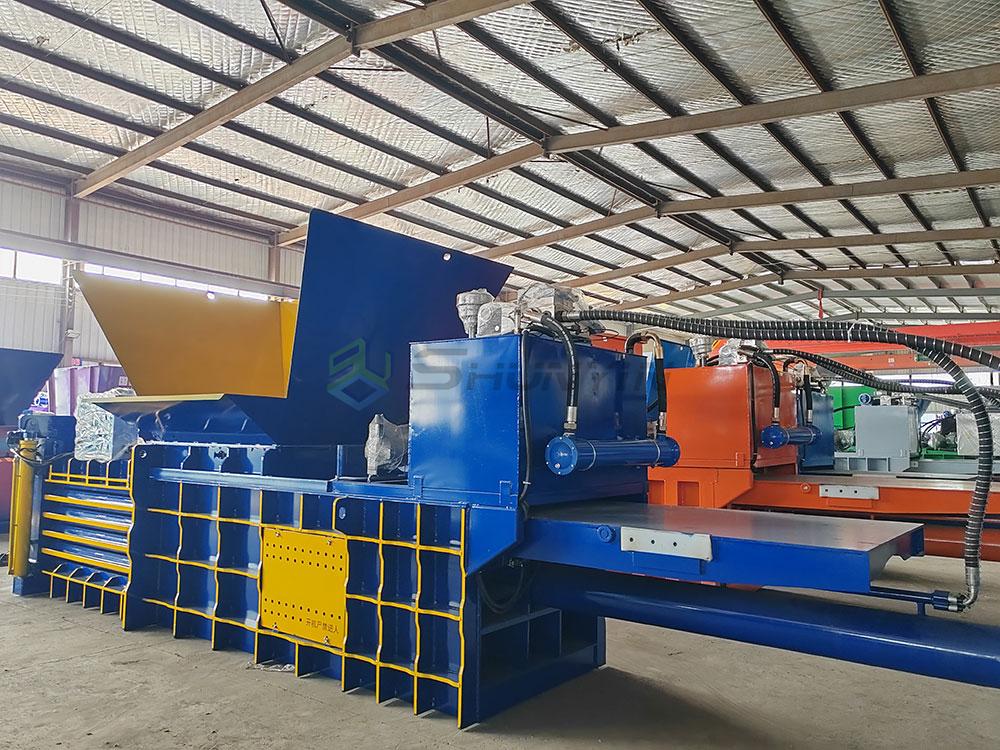
Let’s examine real costs versus profit data:
Small Business Case (Monthly)
- Cardboard Volume: 8 tons
- Without Baler: Disposal fees $640 ($80/ton)
- With Baler: $400 revenue ($50/ton) → $1,040 monthly positive swing!
Environmental Savings
Modern regulations hit hard. Toronto fines businesses $200/ton for recyclables in landfills. Cardboard balers ensure compliance while generating cash.
Maintenance Matters
Many overlook this. I advocate for:
- Weekly ram inspection
- Monthly hydraulic checks
- Annual wear-part replacement
We include free maintenance schedules with every machine. One distributor avoided $3,600 in downtime costs using our checklist.
Don’t gamble with unknown maintenance costs. Consult our experts today: schedule a video call!
What size is a standard bale of cardboard?
Sizing mistakes caused a Singapore client’s mill rejection. Protect yourself.
Standard bales are mill-specific: North America uses 1100x900mm; Europe/Asia prefer 1000x800mm. ShunYin presses produce all variants. Confirm your buyer’s requirement before production.

Dimensions affect everything. Compare key markets:
| Region | Preferred Bale Size | Density Requirements |
|---|---|---|
| USA/Canada | 1100x900mm | Minimum 700 kg/m³ |
| Japan/Singapore | 1000x800mm | Minimum 750 kg/m³ |
| EU | 1000x1200mm | Minimum 650 kg/m³ |
Mills measure deviations meticulously. I recall a client losing 17% payment for 20mm oversize. Our machines solve this with:
- Laser-guided sizing sensors
- Pressure calibration per material type
- Auto-adjust chambers
We’ve shipped over 120 units to Canada alone – dimension issues? Zero complaints. Send your target market details via WhatsApp (0086 13505379893). We’ll recommend the perfect model!
Conclusion
Choosing the right horizontal baler boosts waste-management profits. Standard 1000x800mm bales streamline recycling revenue globally. Reach out for custom solutions.


